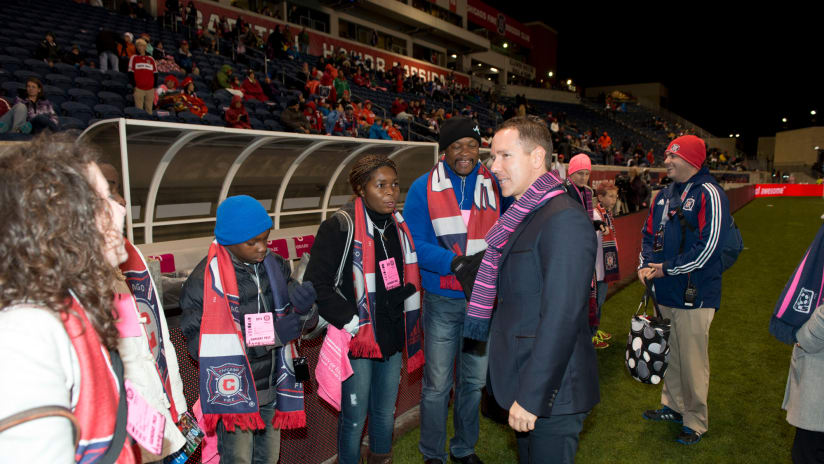The last time both teams met, Toronto were without a win all season and went on to break MLS records for all the wrong reasons. With a change in coach came a change in fortune and now TFC are looking a much better side - winning three of their last four. I will briefly examine what's changed with TFC under Paul Mariner before identifying some tactical points to look out for during tomorrow's match:
Changes Under Coach Mariner:
The major difference between Winter and Mariner is the change in formation from a 4-3-3 to a 4-4-2 system with a few variations. The 4-4-2 has brought some major changes in player positions which has helped Toronto tremendously.
COACH'S TAKE: Matko on TFC




